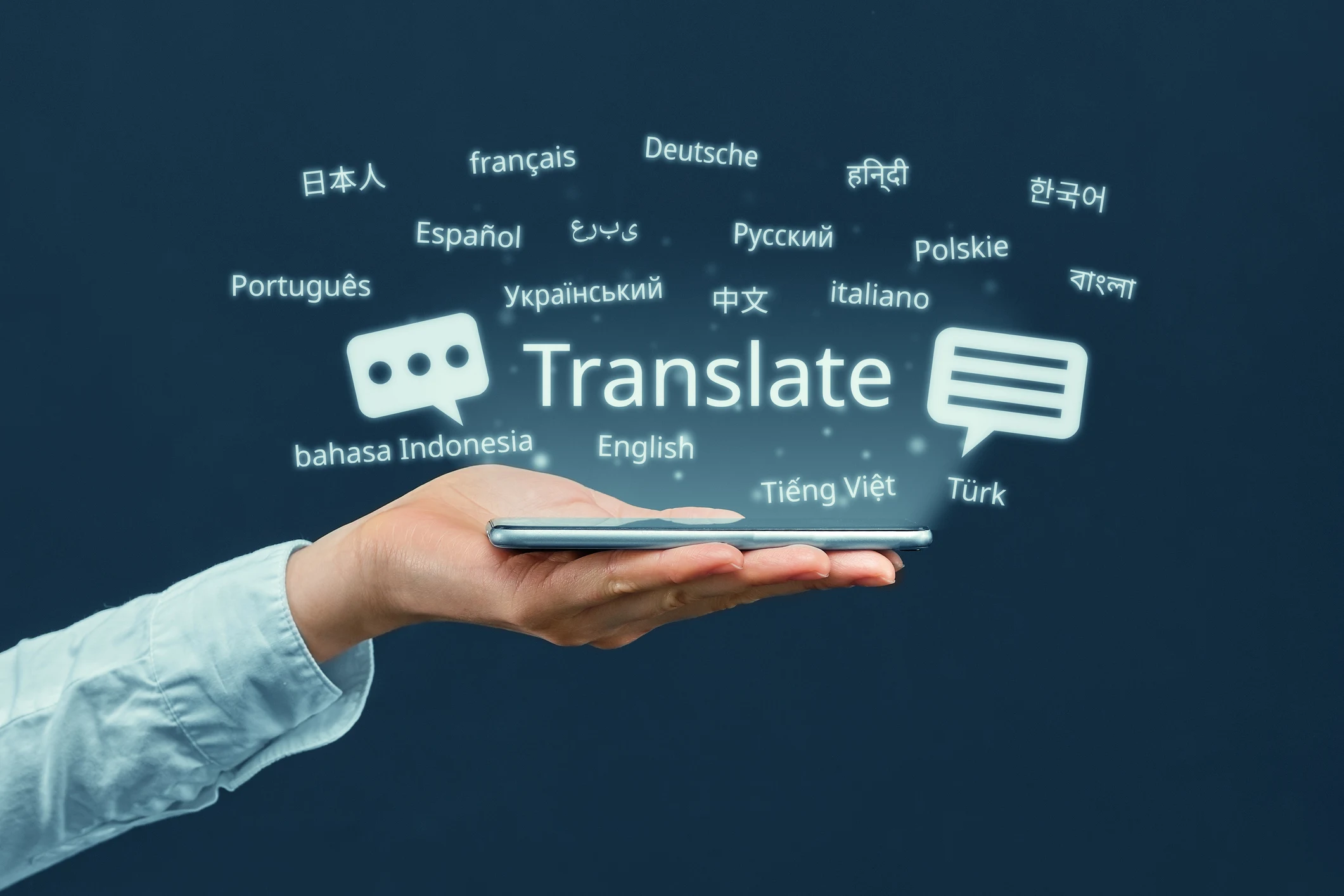Translation Techniques: A Comprehensive Guide

The field of translation is a complex one, requiring a combination of skill and knowledge on the part of translators to accurately convey the meanings of source texts into target languages. Pangea Localization Service is an organization that specializes in the art of translation, offering a wide range of services to ensure that translations are carried out accurately and reliably. To make the process of translation easier and more accurate, Pangea Localization Services has developed various techniques and strategies over the years. In this article, we will discuss the five basic elements of translation techniques: interpretation, transcription, interlinear translation, adaptation, and diction.
Interpretation
Interpretation is the process of accurately conveying the meaning of a source text into the target language. This is done by understanding the context in which the words are used and considering the cultural, political, and socioeconomic influences of the source language. To do this, translators must be familiar with both the source language and the target language, as well as the culture and customs of both languages. Generally speaking, interpretation involves analyzing the structure, grammar, syntax, and usage of a particular piece of text, taking care to ensure the accuracy of the translation.
Transcription
The second element of translation techniques is transcription, which is the process of rendering a written document from one language to another. This is typically done by either manually copying the original source language or by using software or tools such as optical character recognition (OCR) to convert the source language into the target language. Transcription works best when there is minimal difference between the source and target languages, as this reduces the amount of manual work required.
Interlinear Translation
Interlinear translation is a translation technique which combines the source language with the target language in a parallel format. This format allows the translator to easily refer back to the source language when making adjustments or edits in the target language. Interlinear translations also make it easier for the translator to understand and reinterpret the source text. This technique is especially useful for translating text that isn’t closely related to the target language.
Adaptation
The fourth element of translation techniques is adaptation. This involves adapting and changing the source material in order to make it more appropriate for the audience in the target language. In the case of fiction, for example, the translator may adapt the dialogue and plot to appeal to the cultural and linguistic sensibilities of the target language audience. Adaptation also often involves dropping or adding certain phrases and words in order to change the original tone or meaning of the source material.
Diction
The fifth element of translation techniques is diction, which is the selection of words and phrases for the target language that accurately convey the same meaning as the source material. This often involves choosing words that have the same connotation and meaning in the target language as they do in the source language. Diction also requires the translator to ensure that the selected terms are appropriate for the context and audience in the target language. Additionally, it’s important to keep in mind that there may be different dialects and language styles in the target language, and the translator must adjust the choice of words accordingly.
Conclusion
The five basic elements of translation techniques—interpretation, transcription, interlinear translation, adaptation, and diction—provide translators with the tools and skills they need to accurately and effectively convey the meaning of source texts in the target language. Though there are other factors and techniques involved in the translation process, understanding and utilizing these fundamental elements is essential for accurate translations. Advanced translation techniques such as back translation and localisation can further improve the accuracy and quality of translations, allowing translators to create translations that are tailored to their target audience.

